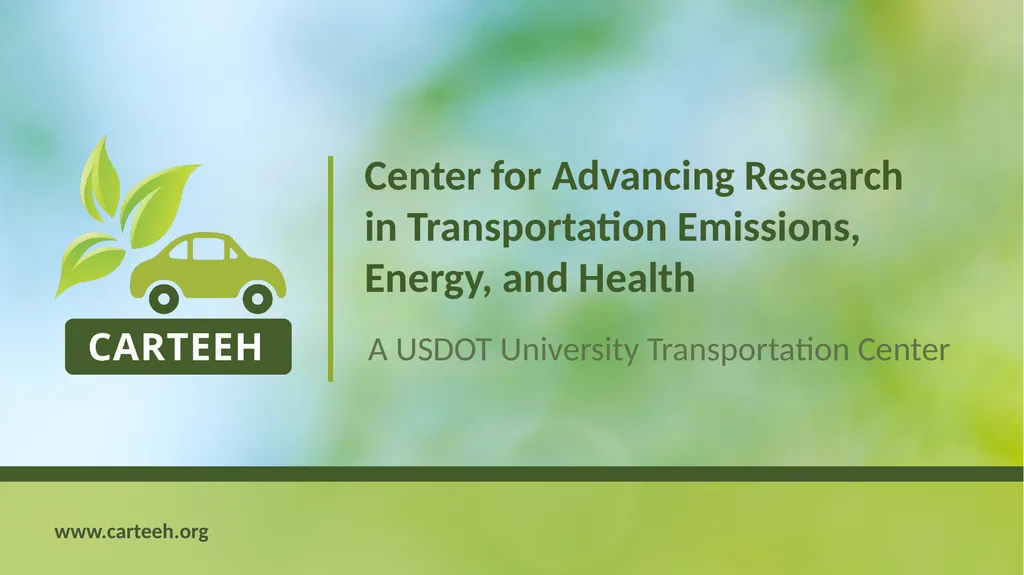www.carteeh.org Lecture #11: Traffic Modeling
Author : jane-oiler | Published Date : 2025-05-19
Description: wwwcarteehorg Lecture 11 Traffic Modeling Methods and Data Sources Angshuman Guin PhD Senior Research Engineer School of Civil and Environmental Engineering Georgia Institute of Technology Atlanta GA 30332 Email
Presentation Embed Code
Download Presentation
Download
Presentation The PPT/PDF document
"www.carteeh.org Lecture #11: Traffic Modeling" is the property of its rightful owner.
Permission is granted to download and print the materials on this website for personal, non-commercial use only,
and to display it on your personal computer provided you do not modify the materials and that you retain all
copyright notices contained in the materials. By downloading content from our website, you accept the terms of
this agreement.
Transcript:www.carteeh.org Lecture #11: Traffic Modeling:
www.carteeh.org Lecture #11: Traffic Modeling Methods and Data Sources Angshuman Guin, Ph.D. Senior Research Engineer School of Civil and Environmental Engineering Georgia Institute of Technology Atlanta, GA 30332 (Email: angshuman.guin@ce.gatech.edu Phone: 404.894.5830) In addition to his academic affiliation, Dr. Guin is a co-founder of InstaData Systems LLC, Roswell GA 30076 The author has no known conflict of interest. Lecture Track(s): TT Introduction A traffic model is a mathematical model of real-world traffic, usually, but not restricted to, road traffic. Traffic modeling draws heavily on theoretical foundations like network theory and certain theories from physics like the kinematic wave model - Wikipedia Role of Traffic Analysis Tools – Use in Policy Decision Making Improve the decision making process Project potential future traffic Evaluate and prioritize planning/operational alternatives Improve design and evaluation time and costs Reduce disruptions to traffic Present/market strategies to the public/stakeholders Operate and manage existing roadway capacity Monitor performance Use Cases Freeway Management Arterial Intersections Arterial Management Incident Management Emergency Management Work Zones Special Events Advanced Public Transportation System (APTS) Advanced Traveler Information System (ATIS) Electronic Payment System Rail Grade Crossing Monitors Commercial Vehicle Operations (CVO) Advanced Vehicle Control and Safety System (AVCSS) Weather Management Travel Demand Management (TDM) Understanding the 3 Levels of Simulation Macroscopic Simulation Models Macroscopic simulation models are based on the deterministic relationships of the flow, speed, and density of the traffic stream. The simulation in a macroscopic model takes place on a section-by-section basis rather than by tracking individual vehicles. Macroscopic simulation models were originally developed to model traffic in distinct transportation subnetworks, such as freeways, corridors (including freeways and parallel arterials), surface-street grid networks, and rural highways. Microscopic Simulation Models Microscopic simulation models simulate the movement of individual vehicles based on car-following and lane-changing theories. These models are effective in evaluating heavily congested conditions, complex geometric configurations, and system-level impacts of proposed transportation improvements that are beyond the limitations of other tool types. However, these models are time consuming, costly, and can be difficult to calibrate. Mesoscopic Simulation Models Mesoscopic models combine the properties of both microscopic and macroscopic simulation models. As such, mesoscopic models provide less fidelity than microsimulation tools, but are superior to the typical planning analysis techniques. Ref: FHWA-HOP-13-015 Theoretical Models Macroscopic Lighthill-Whitham-Richards (LWR ) / Kinematic Wave Higher Order Cell Transmission Multi Class LWR Microscopic Car Following Safe Distance Stimulus Response Action Point Two Regimes Simplified CF Multi Class














